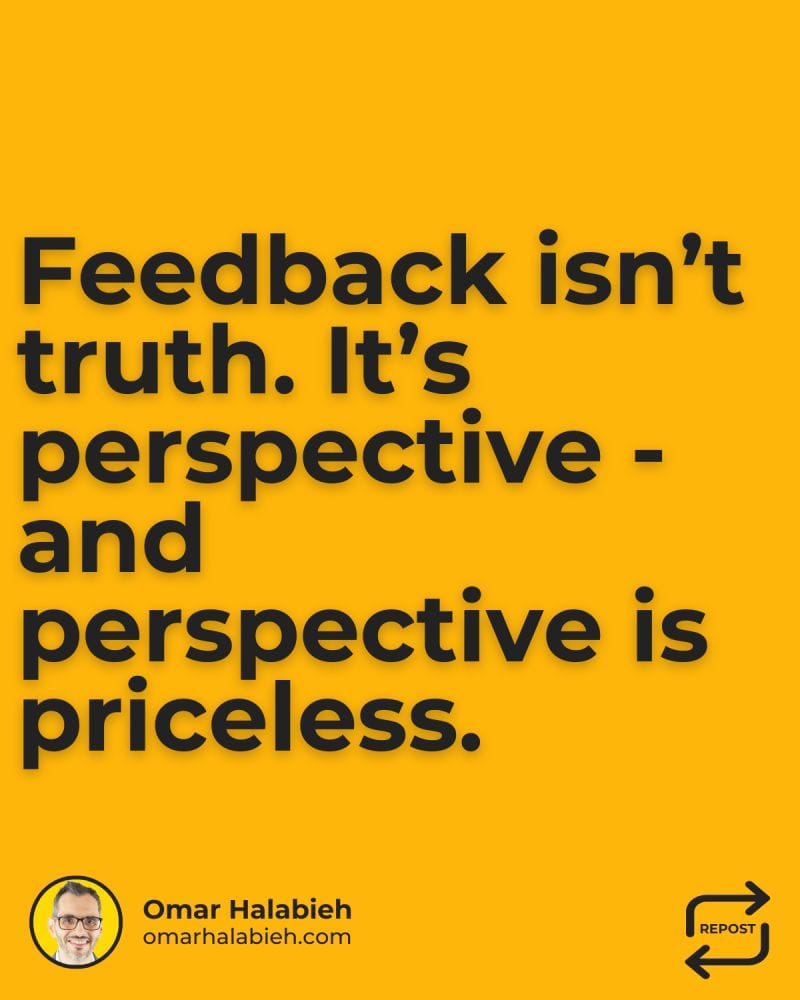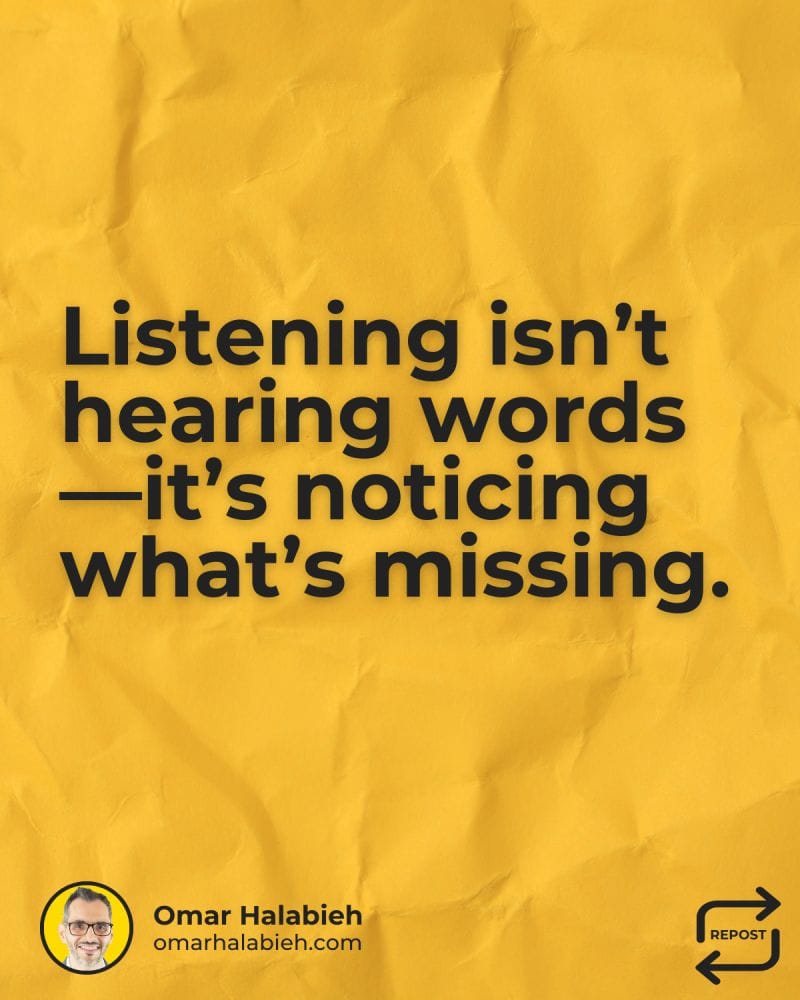I used to think that saying 'Yes' to every opportunity was the only path to success.
This definition led me to a relentless chase for achievement, where 'No' was a word that simply didn't exist in my vocabulary.
However, it wasn't long before this mindset led to a perpetual cycle of overcommitment, stress, and an inevitable sense of burnout.
The toll on my well-being was evident, and paradoxically, my work suffered.
The myth I held onto—that affirming everything would accelerate my career—was actually holding me back.
I knew a change was needed.
Only when I started embracing the power of 'No' did I begin to unlock higher levels of effectiveness and satisfaction in my career.
This wasn't just about turning down requests; it was about affirming my priorities, respecting my limits, and ultimately, contributing more value in areas that truly mattered.
To navigate this shift, I turned to my friend Irina Stanescu. An accomplished Engineering Leader with over 14+ years of experience including Google and Uber.
Irina shared the following 3 invaluable tips on how to effectively leverage the power of No:
1. Simply Decline
This strategy works when you want to inform someone of your boundaries and availability. Most people don’t know how busy you are, or what your priorities are, so just telling them can be good enough. Optionally, you can explain why, and express gratitude and/or regret. Use this to communicate when you can’t take on more work or you have other priorities.
↳explain why: ”Due to other commitments” ↳express regret: “Unfortunately” ↳express gratitude: ”Thank you for understanding”
2. Decline and Counteroffer
This strategy works best when you want to show the other person you are interested in helping but under different conditions. This “no” might not be final, just starts a negotiation. That way you are seen more as a partner who’s aligned towards a shared goal, rather than a Negative Nancy. Use this when timelines do not align or to handle feature creep.
↳"I can’t reschedule the meeting, but I can provide a summary afterward" ↳"I am not the best person to help with this. I suggest you speak with"
3. Ask for More Time
We often think we need to give answers right away, but that’s not always the case. This strategy takes advantage of that and gets you time you need to decide whether to say “yes” or “no”. In the meantime, you can ask for what you need, whether it’s more resources, or more time to estimate effort.
↳"I’d be happy to help, but before I commit fully, would it be possible to provide me with the finalized designs?"
Embracing these strategies will not only enhance your career trajectory but also positively impact your personal life. As with any skill it takes intention, courage and practice.
Do give Irina a follow and join over 7K+ professionals, including me, who receive her weekly newsletter The Caring Techie - where she covers Leadership, Humans & Technology: https://lnkd.in/dxVFgShr.

